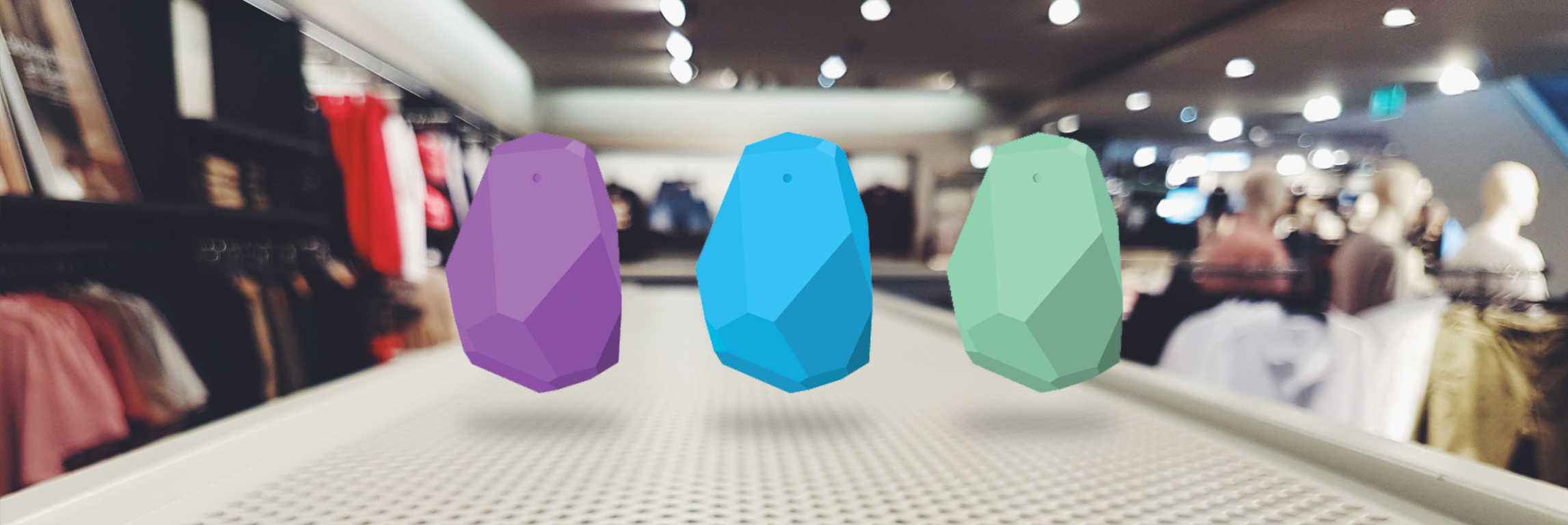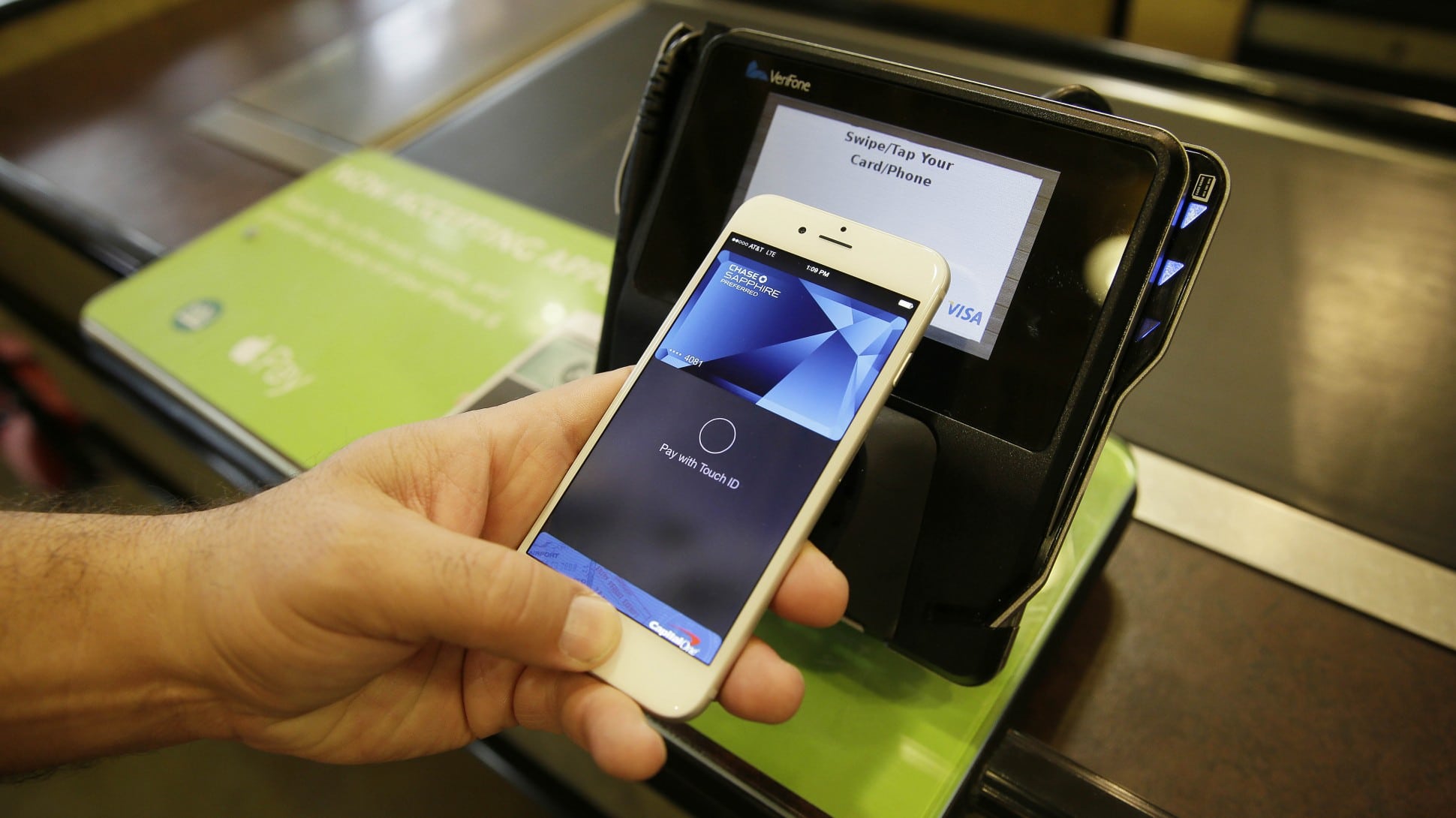For the speed of development of new technologies in our time, we can not always notice something really necessary and important. Therefore, the principle of the Internet’s things is the ability of gadgets to communicate with each other, bypassing a person, is designed to make life much easier for the user.
iBeacon? What is it?

iBeacon is a technology for micro-navigation and micro-positioning. It is a small, the size of a coin, a device that performs the function of a beacon.
Elegance and simplicity of iBeacon solutions are laid first of all in the principles of work of these lighthouses themselves. After a certain period of time, which can reach several seconds, the beacon transmits a radio signal with its own personal identification number via Bluetooth Low Energy. All smartphones within 50-70 meters (range of detection depends on the model of the iBeacon device), catch this signal and determine the distance to the beacon, the so-called label, with an accuracy of 10 cm. The device does not require complex technical support and operates from the usual batteries, the charge of which will last at least six months.
The technology allows you to program various actions, depending on the distance between the phone and the label (less than a meter, a few meters or more than 10 meters), and the received identifier. The application on the phone can display a notification, track how a person is moving, or, for example, just wait until the distance is reduced.
Thus, you can track such events associated with iBeacon: approaching the label, the length of stay and the exit from the coverage area. This data is quite enough to implement such ideas as informing the client, determining his location in the room, searching for personal belongings, etc. A convenient WEB-interface allows you to remotely select the software response depending on the situation: open an app, play web page or into iPhone PassBook.
Application
![]()
iBeacon can be installed in various indoor places, for example, shops or cafes for the purpose of marketing events, in cinemas and even in urban transport. Possible applications of iBeacon technology are limited only by imagination:
- navigation in shopping centers, exhibitions, and conferences;
- information and special offers for visitors to shopping centers, museums, cafes;
- Smartphone as a key to an apartment, car, hotel room or office pass.
- Pay any goods and services anywhere in one or two touches.
Precision and compactness makes iBeacon an ideal tool for setting up internal positioning systems, which are used in a large number of applications:
- Services based on user location (LBS)
- A smart home with technologies to support disabled people
- Medical care
- Monitoring of the environment
- The work of rescue services
- Museums
- Banks
- Logistics
- Robotic production
- Underground construction
- And so on.
Where is IBeacon in demand?
![]()
One of the most obvious applications of iBeacon is retail. Dozens of the largest retail chains in the US and Europe, such as Walmart, Macy’s, Tesco, install beacons at the entrances and notify passers-by and visitors about their promotions and special offers.
An equally important function for store owners is the ability to collect analytical data based on how visitors move around the store.
Until recently, only online stores could boast detailed statistics on the movement of the customer through their sections. Now, these data can be analyzed in retail areas. For example, to find out which departments are popular, and where no one comes at all, to understand which stands are better selling and which ones are scaring off visitors. All you need is for the buyer to have an official store application installed, and it agreed to process the data.
Analyzing current trends, we can say that the vast majority of people are still not ready to go online shopping: they like the idea of making purchases with friends and the opportunity to see the things they want to get live. At the same time, more and more people go shopping, holding a smartphone in their hands: according to Google research, 84% of visitors use mobile devices while in stores, and 50% spend at least 15 minutes in them. Most people prefer to trust not to consultants, but information that they find using a smartphone.
![]()
This technology is also effective for organizers of various mass entertainment and sports events. The beacons start the application associated with the event and can display the following content:
– schedule and map of the event;
– schedule of performances of participants and information about them;
– offer to purchase various souvenirs.
The possibilities of the new technology were highly appreciated by baseball fans in the US, since recently they got to the main baseball stadiums of the country, fans of this sport can easily get detailed information, statistics on games, and also purchase tickets for future games thanks to the installed beacons and the official annex of the Main league baseball USA.
Using iBeacon also opens a wide field for creativity. For example, at the Cannes Film Festival, the official application showed the location of invited guests, displayed a link to the profile of each of them in LinkedIn and by helped to establish business contacts.
iBeacon and contactless payments

At the moment, the technology of contactless payments (Near Field Communication, abbreviated NFC) is already difficult to surprise the user of modern devices. Nevertheless, iBeacon can make contactless payments even more in demand. This is indicated by the fact that even PayPal is working on its version of the lighthouse, which in the future will allow users of the payment system to pay for purchases instantly.
Why should retailers pay attention to contactless payments?
Here are the main reasons: NFC provides businessmen with a great way to offer additional services, allows them to experiment with new technologies and increase the flow of new customers without significant efforts and risks while speeding up the buying process and reducing the load on the cash desk. For this, the retailer implements the integration of the service into the cash register using iBeacon technology. When the user approaches the checkout, the beacon will prompt him to pay for the goods using NFC technology (contactless payment).
Thus, according to the Javelin Strategy & Research report, the volume of the contactless payment market (only in America) in 2015 was $ 7.3 billion, and by 2019 it will grow to $ 54 billion. And the basis for its growth will be the widespread development of mobile infrastructure payments with iBeacon. Therefore, now is the time for retailers and other businesses to pay attention to contactless payments.
Thus, new online technologies are increasingly coming from fantasies and thoughts into the material world. Will iBeacon become the Internet step for things we have been waiting for so long? Unfortunately, there is no unambiguous answer to this question. However, we can state for sure: after the widespread introduction of lighthouses, the surrounding reality will become much closer to science fiction and in a few years, we will no longer understand how people did without such technology in the past.